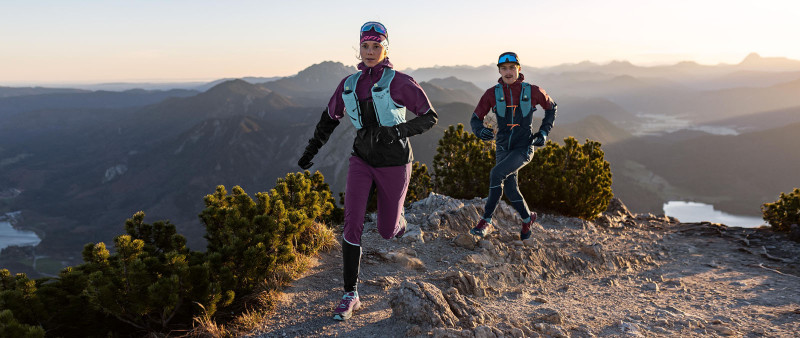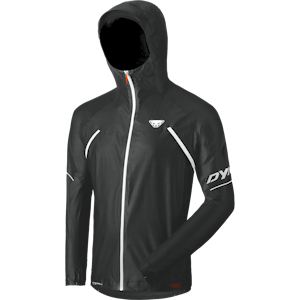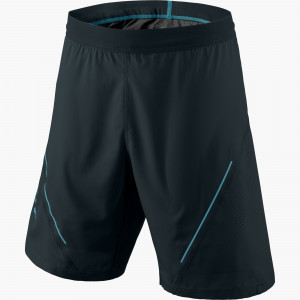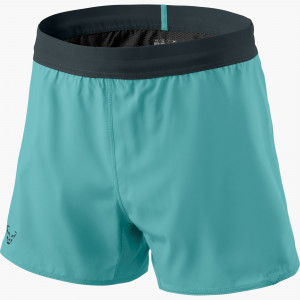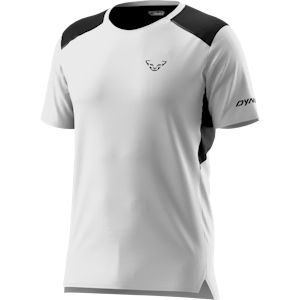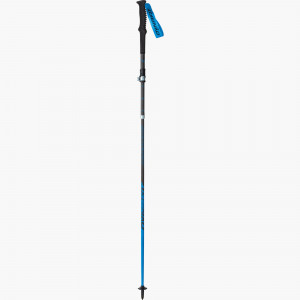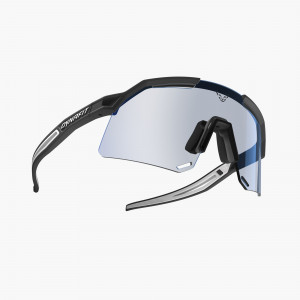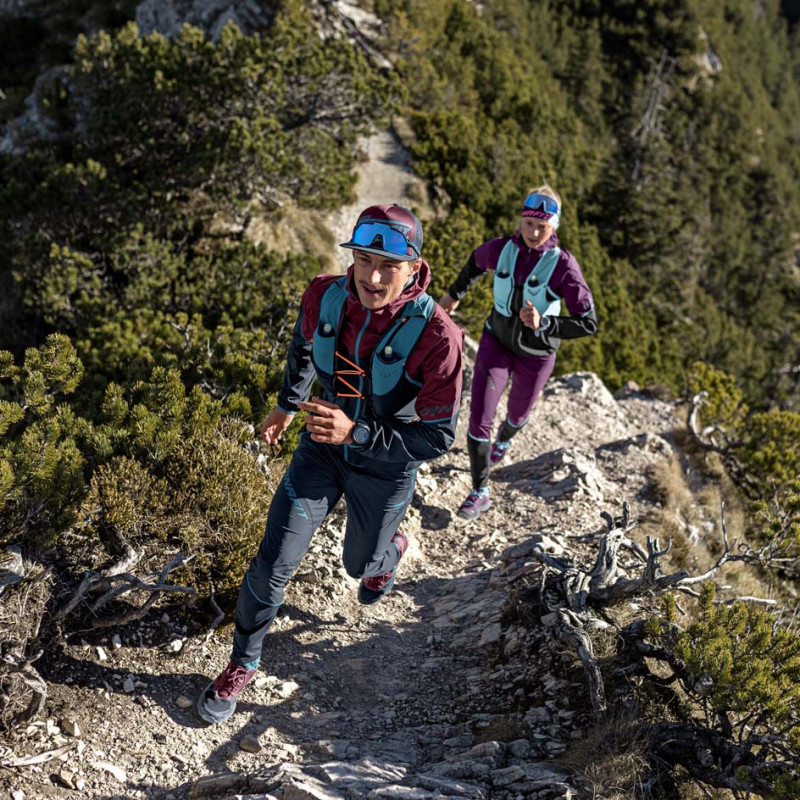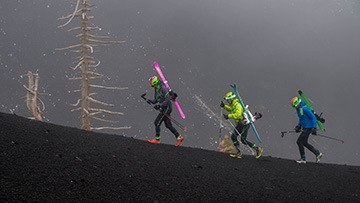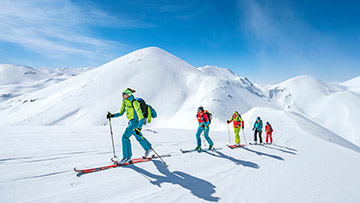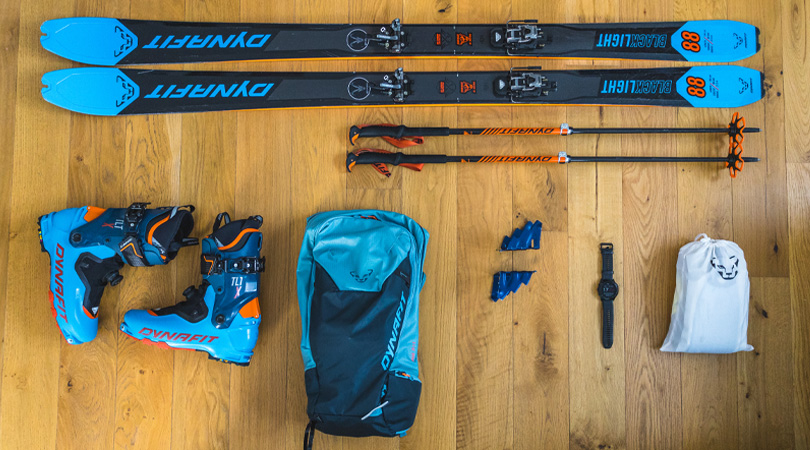Road running vs. trail running vs. ultrarunning – Which type of runner are you?
Running works anytime, anywhere. On with the shoes and you are ready to go. That makes running perhaps the most uncomplicated sport around. All running isn’t the same, though. Let us guide you through the differences and similarities between road running, trail running, and ultrarunning. Then you can determine which type of running suits you and your needs best.
Road Running
Road running is nothing more than traditional running on asphalt or concrete. In races, there are usually distances of 5K, 10K, half-marathon, or marathon. Road running normally happens on flatter terrain without particular technical difficulties or inclines.
Trail Running
Trail running is running off-road, away from paved surfaces, on flat, hilly, or alpine trails. Aside from the experience and doing an outdoor activity, it is mostly all about conquering the challenge on diverse and often quite demanding terrain. Trail running can take place in the mountains, in the woods, on gravel paths, or on meadows. On especially steep sections, normally one doesn’t run but rather walks fast and athletically. Trail running demands good physical control. The differences in the terrain makes every course unique. In contrast to road running, the distances are not standardized. Find out more in our blog article What is Trail Running?
Ultrarunning
Ultrarunning is running longer than the marathon distance of 42.195 kilometers. As a rule, it is normally on trails, just over significantly longer distances. The UTMB (Ultra-Trail du Mont Blanc) is among the highlights of the ultrarunning community with its 170 kilometers and some 10,000 feet of climbing. Suitable gear such as specialized running shoes, the proper clothing, and sufficient food and snacks are indispensable when ultrarunning. Outstanding physical endurance is a must. At the same time, mental fortitude plays a decisive role in order to make it across the finish line, as does the ability to overcome pain.
Which type of running suits you?
If you would like to check out running for the first time and live in a flatter area then road running is a good alternative for you. There, you can run workouts with exact times and head out right from your front door. If however you are a big fan of nature and have a desire for adventure, then trail running is a perfect choice. With this, you have the freedom to get off city streets and to conquer diverse terrain. Your running routes are never the same, and there is no limit other than your imagination. Start small and at first seek out short, simple routes, so you feel success as a trail runner even as a novice. If you already have a lot of experience in trail running and are looking for a new challenge, then you are ready to take a closer look at ultrarunning. This is all about pushing your own limits and testing your physical and mental endurance. One thing is clear, however: Ultrarunning is definitively not for novice runners!
Training: Depending on the type of running, a specialized training plan is advisable to make progress. For road running, that is mostly about doing tempo runs and interval training. For trail running, on the other hand, you must also train conditioning as well as your ability to run on uneven, technical terrain. Torso stability and good leg musculature are also a focus. In addition, correct running technique plays an enormously key role. Our DYNAFIT athlete manager Lukas points out what you need to pay attention to in running uphill and downhill in this article: How to Trail Run. In ultrarunning, it is normally all about training over the long term for distances of more than 42K. This kind of training demands a lot of time. The foundation is excellent endurance – and that isn’t created overnight. Ultrarunning is only really for advanced runners. You’ll read some exciting insights about a training plan for an ultramarathon in our article here.
Time and place: Depending on the kind of running, it can be difficult to find a suitable location and a time to run. Road running can really only be done on flat roads and is thus possible in the city. Trail running demands an outdoor environment and can be a little less accessible since not everybody has mountains or forests right outside their front door. Often, one can find dirt paths in city parks for short trail runs. For ultra runs, being spontaneous can be a little more difficult. That’s because it normally demands a planned race with corresponding logistics, provisions, and courses. Naturally you can also head out for an ultrarun from your front door: Up and down or out and back four times instead of just once – that then can make a trail run into an ultrarun. You simply carry along your own food and snacks. Take a look at suitable backpacks in our online shop.
Risk of injury: Every kind of athletic activity has a risk of injury, which you can minimize with the right technique and targeted training. With ultrarunning and its longer physical stresses, you can suffer from muscle aches, cramps, and dehydration. In order to avoid that, it is indispensable to get sufficient fluids and nutrition during a run. Helpful information about the proper nutrition for ultrarunners can be find in this article covering that topic.
Looking for more tips and tricks about running? Here, our athletes have put together a few personal running hacks for you so you are ideally prepared for training and races.
Of course, there are additional factors that play a role in your choice of the right kind of running. Here are a few things you should pay attention to in your decision:
Equipment: Every kind of running demands appropriate gear. For road running, important are lightweight running shoes and breathable apparel. For trail running, on the other hand, shoes with grip and a good tread are a must. In addition, you need to take heed of factors such as cushioning and response. You can find all the tips and tricks needed in selecting running shoes in the new DYNAFIT Shoe Finder.










